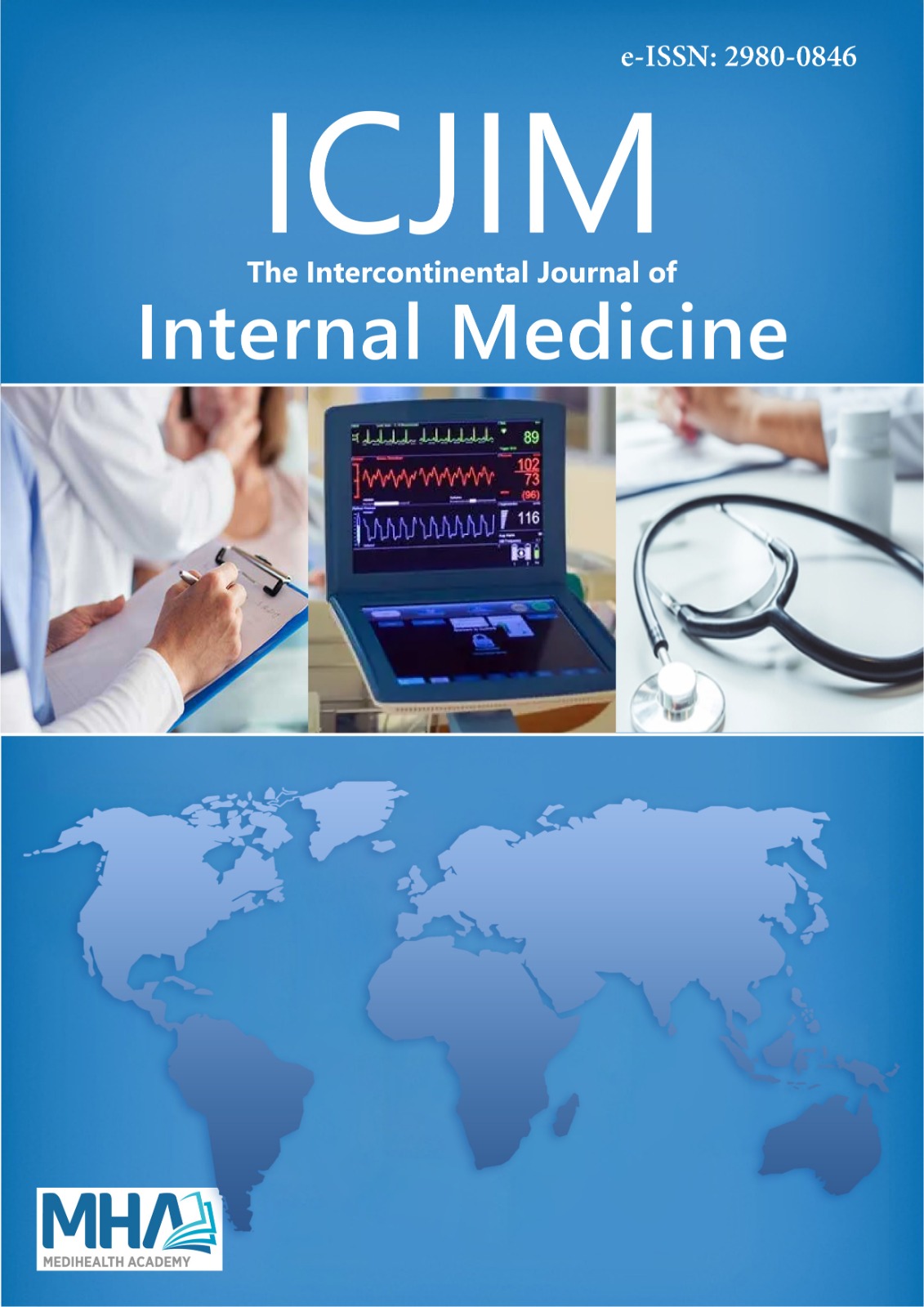Intercontinental Journal of Internal Medicine
The Intercontinental Journal of Internal Medicine aims to publish issues related to all fields of internal medicine of the highest scientific and clinical value at an international level and accepts articles on these topics. This journal is indexed by indices that are considered international scientific journal indices (DRJI, ESJI, OAJI, etc.). According to the current Associate Professorship criteria, it is within the scope of International Article 1-d. Each article published in this journal corresponds to 5 points.

